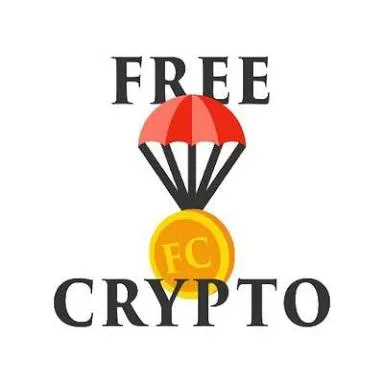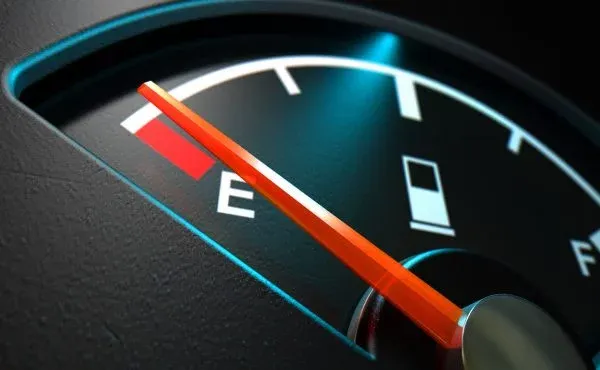Hi, Steemit all Friends let's Start my Blog... !

"Scarcity" may be a crypto buzzword, but "shortage" has hardly made the footnotes - until now.
In early July, the developers behind $ Network, a blockchain publishing protocol valued at around $8 million, abruptly announced that it had run out of its reserve of $$ crypto tokens, and that it planned to buy back some of the supply it distributed to early investors through its airdrop in February.
At the start of the project, $$ Network established a 10 billion $$ cap on its token supply (worth approximately $15.6 million), setting aside 40 percent of its total tokens (about $6.2 million) for the founding team and future development.
Yet, due to a rising number of strategic partners and interest in its token, the project announced on Medium, "The demand for tokens has exceeded our current designated holdings."

The structure of ICOs and airdrops varies widely across projects, particularly with regard to the number of tokens minted, distributed and maintained by a given company or non-profit. While some projects do not limit the number of tokens that can be created within their blockchain ecosystem, others, like U Network, choose to implement a cap on the total supply.
For $ Network, the 10 billion limit was implemented because the content-centered project, which aims to "help online content platforms better align with the interests of their users," wanted to "provide sufficient incentives to community members."
While $ Network's dilemma is currently an outlier in the industry, other blockchains that have implemented hard caps on their ICOs and airdrops may soon find themselves in a similar quandary as they begin building their ecosystems.

◾Method to the madness
Incentives are especially important in blockchain systems, and so far, there is no established methodology by which projects can determine how many tokens to issue and keep.
That's according to Joshua Gans, a professor of strategic management at the University of Toronto, who told CoinDesk: "There is no metric."
"If you want to use tokens for incentives, the amount of the incentive is dependent on the price of the token," he explained. "At the start, it is hard to predict that."
Gans added that establishing the amount of tokens projects should keep is equally as unsystematic.

The buy-back
As such, remedying a shortage of tokens looks to be a precarious task. Solutions such as increasing the token supply of the network could influence the token's price, angering investors and jeopardizing their trust in the project.
So instead, $ Network plans to refurbish its holdings by conducting a token "buy-back." In practice, this means it will re-purchase 1,000 ETH worth of $$ (about 284 million tokens at press time) from current token holders over the course of several stages.
"For the first stage we would be buying back 200 ETH worth of $$ between the price range of 0.004 and 0.005 USD," $ Network told . At press time, one $$ token was valued at $0.001569.
So all Friends share your own Opinion to all for Knowledge & Grow each other's...
Site Link: https://www.coindesk.com/8-million-airdrop-cryptocurrency-run-out-tokens/amp/
Image Source :www.google.com
Keep Continue Support me
UniqueBoyDK
@earn-with-dk